Introduction
Periodontal disease is a common oral disease that affects the oral health of hundreds of millions of people worldwide. If left untreated, periodontal disease may lead to loose or even falling teeth, seriously affecting the quality of life. This article will provide a detailed introduction to the early signals, causes, prevention, and treatment methods of periodontal disease, helping readers identify and prevent the deterioration of the condition and maintain oral health.
Early signals of periodontal disease
The early symptoms of periodontal disease are often insidious, but through careful observation, timely detection and measures can still be taken. Here are some common early signals:
- Gingival bleeding: Gingivals are prone to bleeding when brushing or flossing, which is one of the most common early symptoms of periodontal disease.
- Gum redness and swelling: The gum color turns bright red, the texture becomes soft, and there is pain when touched.
- Bad breath : Persistent bad breath or oral odor that cannot be completely eliminated even after brushing teeth.
- Gingival recession: The gums gradually recession towards the root of the tooth, exposing the root of the tooth and making it appear longer.
- Loose teeth : Mild looseness or feeling a change in tooth position, especially during chewing.
- Enlarged interdental gaps : The originally tight interdental gaps gradually widen, making it easier for food to get stuck.
The etiology of periodontal disease
The occurrence and development of periodontal disease involve multiple factors, mainly including:
- Dental plaque : Dental plaque is a thin film composed of a mixture of bacteria, food residue, and saliva that adheres to the surface of teeth. If not removed in time, it will gradually harden and form tartar, stimulating the gums and causing inflammation.
- Poor oral hygiene : Irregular brushing, flossing, or mouthwash can lead to the accumulation of dental plaque and tartar, increasing the risk of periodontal disease.
- Genetic factors : People with a family history of periodontal disease are more likely to develop the disease.
- Smoking : smoking will reduce oral immunity, affect blood circulation and increase the incidence rate of periodontal disease.
- Systemic diseases : patients with chronic diseases such as diabetes and cardiovascular diseases have a high risk of periodontal disease.
- Drug side effects : Certain drugs such as antiepileptic drugs, immunosuppressants, etc. may cause gum hyperplasia and increase the risk of periodontal disease.
Preventive measures
The key to preventing periodontal disease lies in establishing good oral hygiene habits and regular professional check ups:
- Daily oral care :
Brushing teeth: Brush your teeth at least twice a day for at least two minutes each time, using fluoride toothpaste.
Use dental floss : Use dental floss or interdental brushes daily to clean the gaps between teeth and remove dental plaque.
Mouthwash : Use antibacterial mouthwash to reduce the number of bacteria in the mouth. - Regular Inspection :
Dental examination: Conduct a comprehensive dental examination every six months to one year to promptly detect and treat early lesions.
Professional scaling : Regularly perform dental scaling to remove tartar and plaque. - Healthy Lifestyle :
Quit smoking : Smoking is an important risk factor for periodontal disease and should be quit as much as possible.
Balanced diet : Consuming foods rich in vitamin C and calcium can enhance the resistance of gums and teeth.
Control of chronic diseases : actively manage chronic diseases such as diabetes and hypertension to reduce the risk of periodontal disease.
Treatment methods
Once periodontal disease is discovered, timely medical attention should be sought and corresponding treatment measures should be taken according to the condition:
- Non surgical treatment :
Cleanliness and Scraping : Remove tartar and plaque through scaling, and remove pathological deposits on the surface of the tooth root through scraping.
Antibacterial treatment: using local or systemic antibiotics to control infections and reduce inflammation. - Surgical treatment :
Flap surgery : Cut open the gum, thoroughly remove the pathological tissue on the surface of the tooth root, and then re suture the gum.
Bone transplantation: For severe alveolar bone resorption, bone transplantation surgery can be performed to restore bone mass.
Soft tissue transplantation: used to treat gum recession by transplanting healthy gum tissue to cover the exposed tooth roots. - Maintenance therapy :
Regular followup : After completing treatment, regularly visit the dentist to monitor changes in the condition and adjust the treatment plan in a timely manner.
Home care: Continue to adhere to good oral hygiene habits to prevent recurrence.
Conclusion
Periodontal disease is a progressive disease, and early identification and timely treatment are key to preventing the condition from worsening. By establishing good oral hygiene habits, regular check ups, and active treatment, we can effectively prevent and control periodontal disease, and maintain oral health. I hope this article can help readers better understand periodontal disease, take scientific and reasonable measures, and protect their own and their family’s oral health.


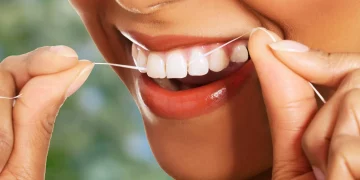



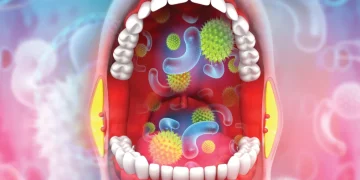
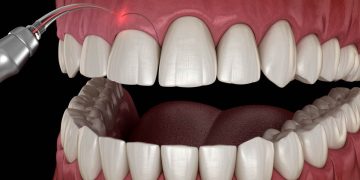
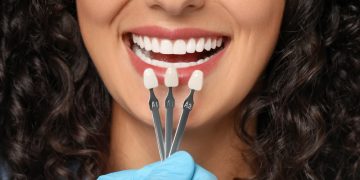


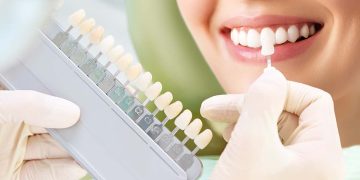













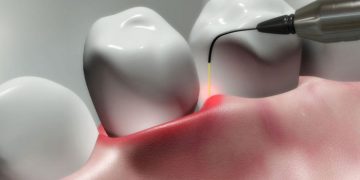


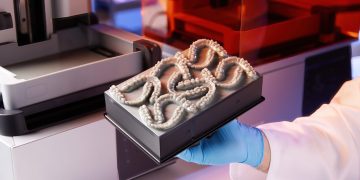


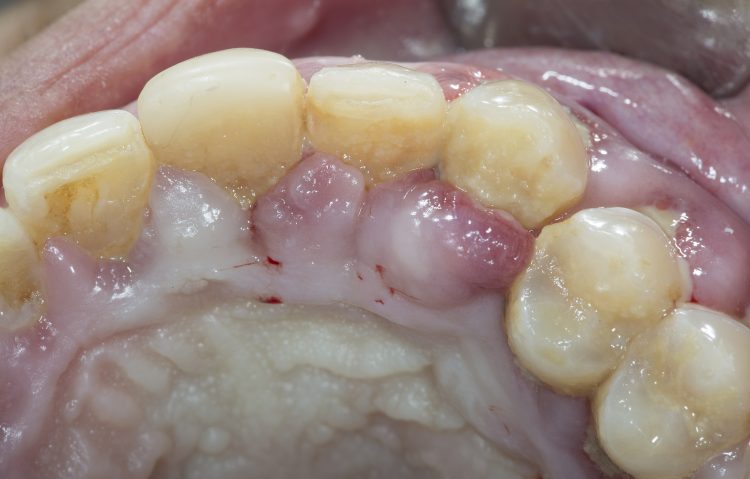













Discussion about this post